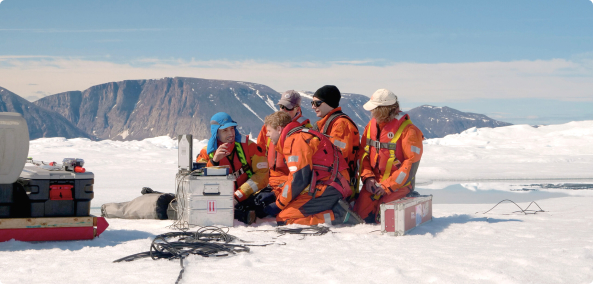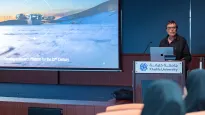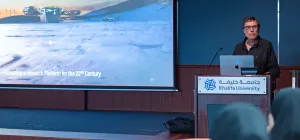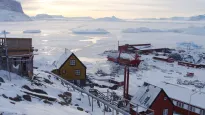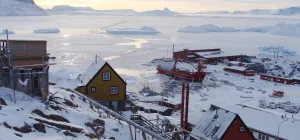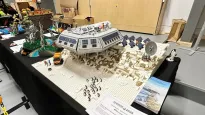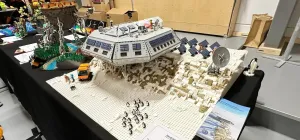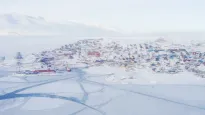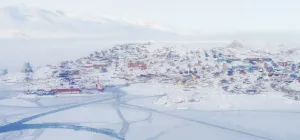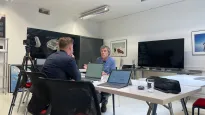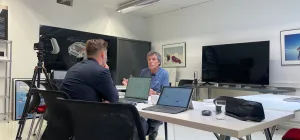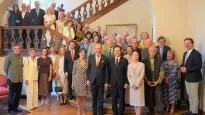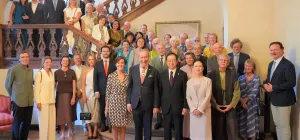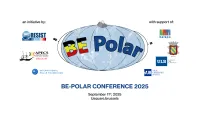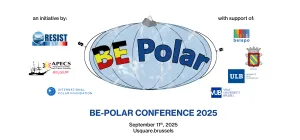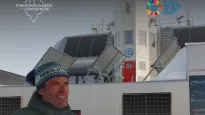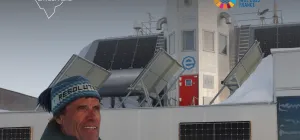Determined Scientists Get Results
The scientific teams at the Princess Elisabeth Antarctica this season have done impressive work they can be proud of!
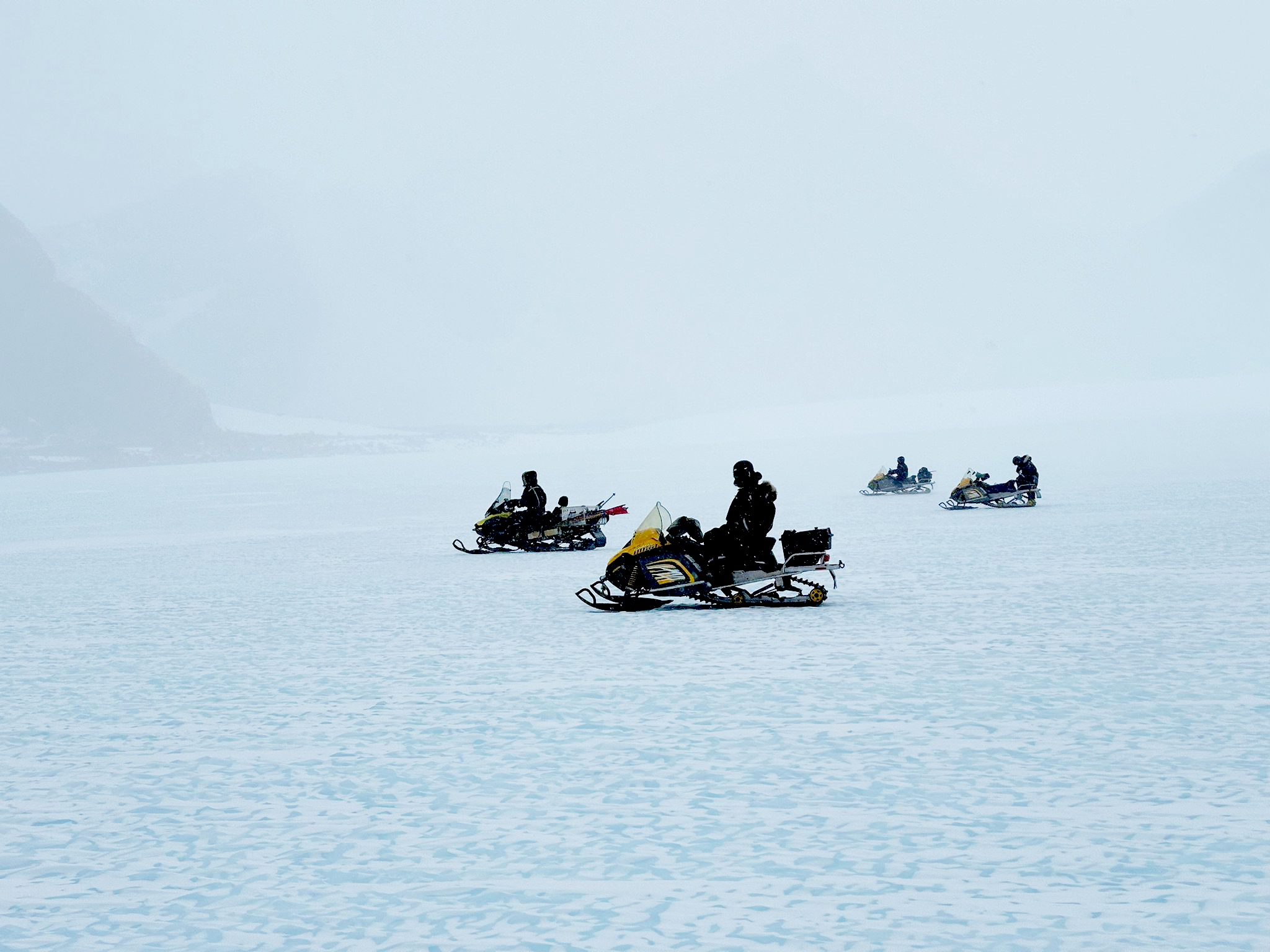
The scientific teams at the Princess Elisabeth Antarctica this season have done impressive work they can be proud of!
A successful field campaign
On New Year’s Day, the team of scientists from the BELSPO-financed ULTIMO project returned to the Princess Elisabeth Antarctica from Mont Belgica via Basler transport plane. The team has spent nearly a month in the field collecting meteorites at two locations: Balchenfjella, and Mont Belgica. They’ve come back with 115 meteorites, 230 ice samples, 9 micrometeorite deposits, and numerous rocks.
Due to treacherous conditions between Balchenfjella and Mont Belgica, it became necessary to take the scientists across the glacier to Mont Belgica by plane and helicopter on December 18th. These aircrafts were kindly put at disposition by the SWIDA-RINGS project while waiting for better weather condition for their field work. Assisted by BELARE Team Leader Alain Hubert and Tim Grosrenaud, a Basler flight from Ultima Antarctic Logistics brought back the scientists and their equipment to the Princess Elisabeth Antarctica on New Year’s Day.
The ULTIMO team is very happy with their field campaign this season and look forward to analysing their haul in labs at the Royal Belgian Institute of Natural Sciences and participating universities back in Belgium.
Making the most of their time
Meanwhile, scientists from the BELSPO-financed FROID project have also had a triumphant return from the field on January 6th. During their several weeks in the field, they took advantage of every day they’ve had in the field to drill shallow ice cores and take radar surveys of the bedrock beneath the ice around the Nils Larsen Blue Ice Fields southwest of the Sør Rondane Mountains, nearly 50 km from PEA.
While the scientists came back by skidoo, an IPF logistics team traveled out to their camp to haul back the scientists’ living containers, their equipment, and a reefer container that holds all of the shallow ice cores the scientists drilled this season at temperatures of -20°C.
With all of the ice core samples they’ve gathered (which will be analysed in a lab in Belgium later this year) and information they’ve gained from the topography of the bedrock (which will show where the bottom ice layers have been pushed up as they flow towards the mountains), the project team will be able to determine the best locations for drilling deep ice cores to find (hopefully) million year-old ice when they return next year with a drill that can core much deeper.
Keeping track of surface mass balance
In the meantime, Sergey Gonzales from the EPFL-CRYOS project has been taking photos of snow and ice around PEA - in particular sastrugi - the waves of frozen snow that are created by the strong winds in Antarctica. He’s been taking photos of standard square metres for photogrammetry study of the snow surface.
The purpose of this exercise is to see to what extent the waviness of the sastrugi affects the albedo - the amount of solar radiation it reflects back into space from the snow surface. The more wavy the surface is, the more this affects the albedo. Monitoring albedo is important for studying surface mass balance of the ice sheet, as lower albedo leads to a higher absorption of solar energy, which in turn leads to a warming of the ice sheet.
The next step in the CRYOS project is to install a number of instruments on the tall mast at the station with the help of IPF’s field guide, Martin Leitl. However, they’ll need to wait until the weather improves, as a few days of inclement weather started just after the new year.
And for the 4th week in a row, the team of scientists and crew from AWI’s polar 6 aircraft has been trying to manage the logistical difficulties they’ve encountered with their plane, their equipment and the inclement weather. They’ve been trying to do radar surveys of ice shelves at the coast and their grounding lines as part of their contribution to the international SCAR-managed RINGS project.
Thankfully the Princess Elisabeth Antarctica is a very welcoming place that has been able to accommodate them for the duration of their trip, which has been longer than expected. We hope they will be able to complete their surveys in the coming days before finalizing their program from the South African Sanae station, and then finally the Norwegian Troll station.
Download